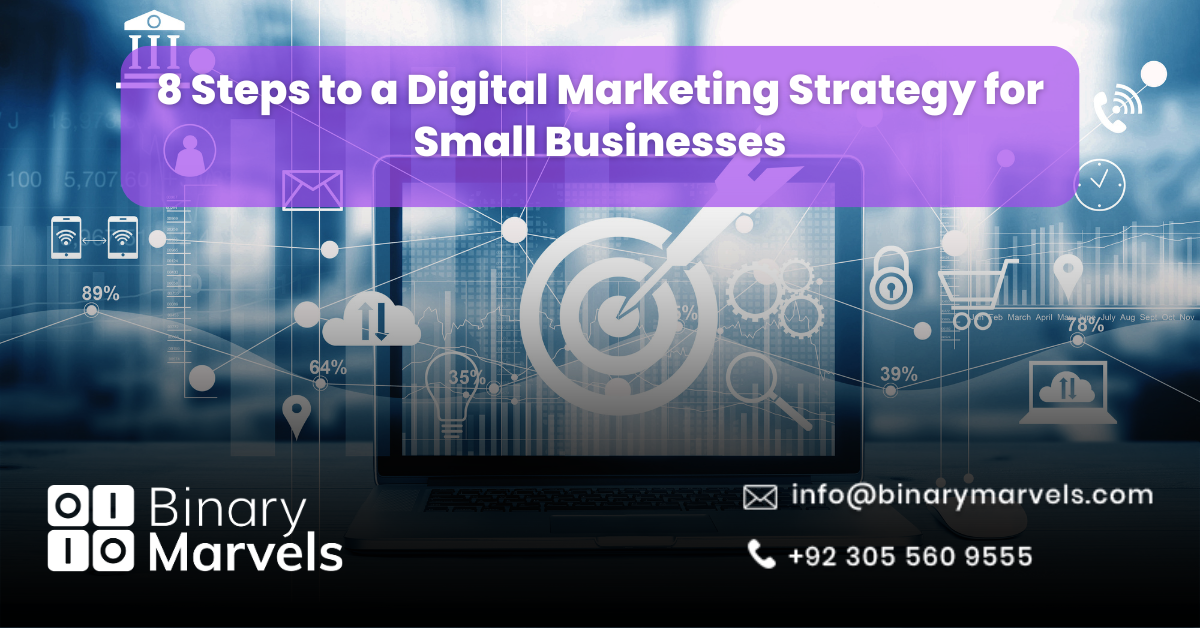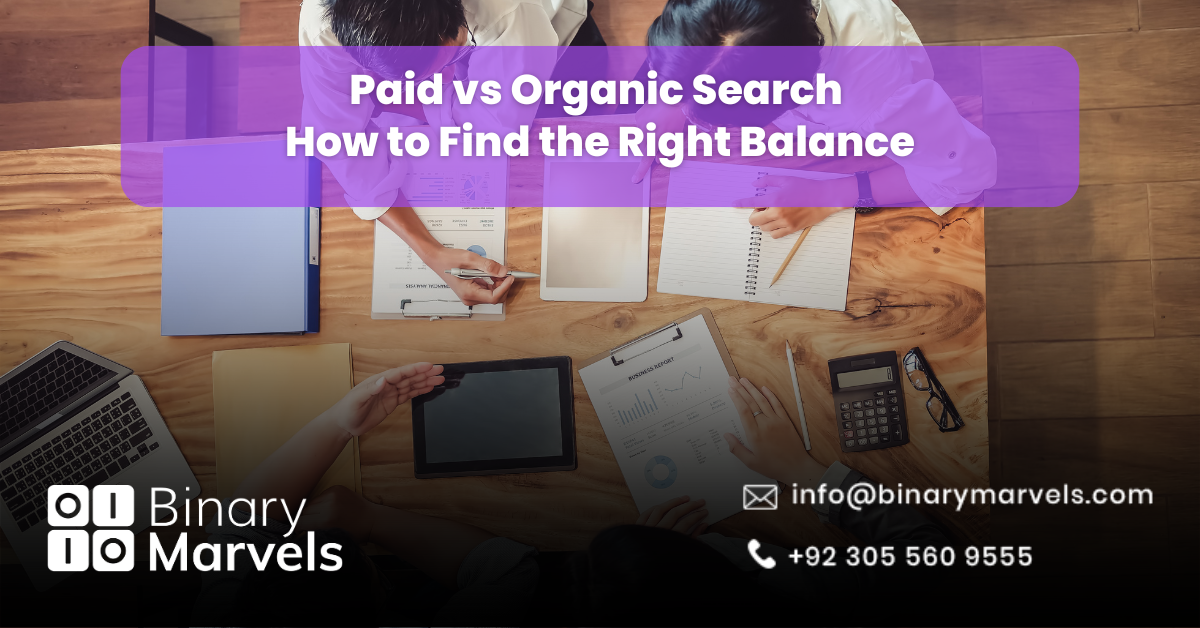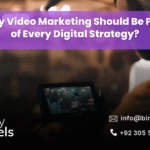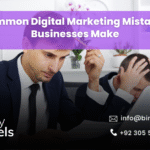
Are you a small business owner wondering how to attract more customers online without overspending? In today’s digital world, having a strong online presence is no longer optional; it’s essential for growth and survival. A well-planned digital marketing strategy helps you reach the right audience, build trust, and compete with bigger brands, even on a limited budget.
In this guide, we’ll walk you through 8 simple and effective steps to create a digital marketing strategy for small businesses. Whether you’re new to online marketing or looking to refine your existing efforts, these steps will help you set clear goals, choose the right platforms, and measure results for long-term success.
8 Steps to a Digital Marketing Strategy for Small Businesses
Step 1: Define Your Business Goals
Every successful digital marketing strategy begins with clear goals. Before creating campaigns or choosing platforms, you need to understand what you want to achieve. Do you want to increase brand awareness, generate leads, boost online sales, or retain existing customers?
When setting goals, make sure they are specific, measurable, achievable, relevant, and time-bound (SMART). For example, instead of saying “I want more sales,” set a goal like “Increase online sales by 20% in the next six months.” Clear objectives give your strategy direction and make it easier to track progress.
Step 2: Understand Your Target Audience
Knowing your audience is the foundation of an effective digital marketing strategy. Small businesses often make the mistake of trying to reach everyone, but success comes from focusing on the right people.
Start by identifying who your ideal customers are. Consider their age, location, interests, and online behavior. Create buyer personas that represent these groups so you can tailor your marketing messages to their needs.
The more you understand your audience, the easier it becomes to create content, choose platforms, and design campaigns that truly connect with them. This step ensures you invest your time and budget in the right direction.
Also Read: AI Chatbots in Marketing | Boost Engagement & Sales
Step 3: Research Competitors
Before finalizing your digital marketing plan, take time to study your competitors. Understanding what others in your industry are doing gives you insights into trends, audience expectations, and opportunities to stand out.
Look at their websites, social media presence, and online ads. Pay attention to the type of content they create, how often they post, and the level of engagement they receive. Identify what works well for them and where they may be lacking.
By analyzing competitors, you can avoid repeating their mistakes and discover unique strategies that make your small business more competitive in the digital space.
Step 4: Choose the Right Digital Marketing Channels
Not every platform will deliver the same results for your business, so it’s important to focus on the channels where your audience spends the most time. For some small businesses, social media platforms like Facebook and Instagram work best, while others may find success with email marketing, SEO, or paid ads.
Start by reviewing your goals and target audience. If your customers actively search for services, investing in search engine optimization and Google Ads can be highly effective. If they spend more time engaging with visual content, platforms like Instagram, TikTok, or YouTube may give better results.
Choosing the right mix of channels ensures you get the maximum return on investment without stretching your budget too thin.
Step 5: Create High-Quality Content
Content is the heart of any digital marketing strategy. It helps you attract, engage, and build trust with your audience. High-quality content not only informs but also positions your small business as an authority in your niche.
You can create different types of content such as blog posts, videos, infographics, and social media updates. Focus on providing value by answering common customer questions, solving problems, or sharing useful tips. Consistency is key, so develop a content calendar to keep your messaging regular and aligned with your goals.
When done right, content becomes a powerful tool for driving traffic, generating leads, and nurturing long-term customer relationships.
Step 6: Optimize for Search Engines
Search engine optimization (SEO) plays a vital role in helping small businesses get discovered online. By improving your website’s visibility on search engines, you can attract more organic traffic without relying solely on paid ads.
Start with keyword research to find the terms your customers are searching for. Use these keywords naturally in your website content, titles, and meta descriptions. Make sure your site is mobile-friendly, loads quickly, and has a clear structure that search engines can easily crawl.
If you find SEO challenging, consider working with a trusted digital marketing agency that can guide you through the process and help you achieve long-term results.
Step 7: Leverage Paid Advertising
Paid advertising can be a powerful way to generate quick results for small businesses. Platforms like Google Ads, Facebook Ads, and Instagram Ads allow you to target specific audiences based on demographics, interests, and behaviors.
Start with a small budget and run test campaigns to see what works best for your business. Monitor the performance of your ads and adjust them regularly to improve results. Paid ads can drive traffic, increase brand awareness, and bring in leads much faster compared to organic methods.
When used alongside your content and SEO efforts, paid advertising becomes an effective tool for scaling your digital marketing strategy.
Step 8: Track and Improve Results
A digital marketing strategy is never complete without tracking performance. Monitoring your results helps you understand what is working and where improvements are needed.
Use tools like Google Analytics, social media insights, and email marketing dashboards to measure traffic, engagement, and conversions. Compare these results against your original goals to see if you are on the right track.
Make adjustments based on the data. If a campaign is underperforming, test different headlines, visuals, or platforms. Continuous tracking and improvement ensure your strategy stays effective and delivers long-term success for your small business.
Supercharge Your Business with Digital Marketing Today!
As a trusted Digital Marketing Agency in Rawalpindi, we deliver result-driven digital marketing services designed to boost your online presence, generate leads, and grow your business.
Don’t wait, connect with us now and take your brand to the next level!
Conclusion
Creating a digital marketing strategy for your small business doesn’t have to be complicated. By breaking it down into simple steps, you can focus on setting goals, knowing your audience, choosing the right platforms, and consistently improving your efforts.
A strong strategy not only boosts visibility but also helps you build lasting relationships with customers. Many small businesses also turn to expert digital marketing services for guidance, while partnering with a reliable software house in Rawalpindi can provide the technical support needed to grow online.
With the right approach, your small business can compete with larger brands, reach more people, and achieve sustainable growth in the digital space.
FAQs
Why is digital marketing important for small businesses?
It helps small businesses reach a wider audience, build brand awareness, and compete effectively without requiring a huge budget.
How much should I spend on digital marketing as a small business?
Most small businesses allocate around 5 to 10 percent of their revenue to marketing, depending on their goals and industry.
Can I manage a digital marketing strategy on my own?
Yes, you can start with basic steps like social media and content creation, but professional support can speed up growth and improve results.
Which digital marketing channel gives the best results?
It depends on your audience. SEO, social media, and email marketing are often the most effective for small businesses.
How long does it take to see results from digital marketing?
Paid ads can bring results quickly, while SEO and content marketing usually take a few months to show significant progress.









